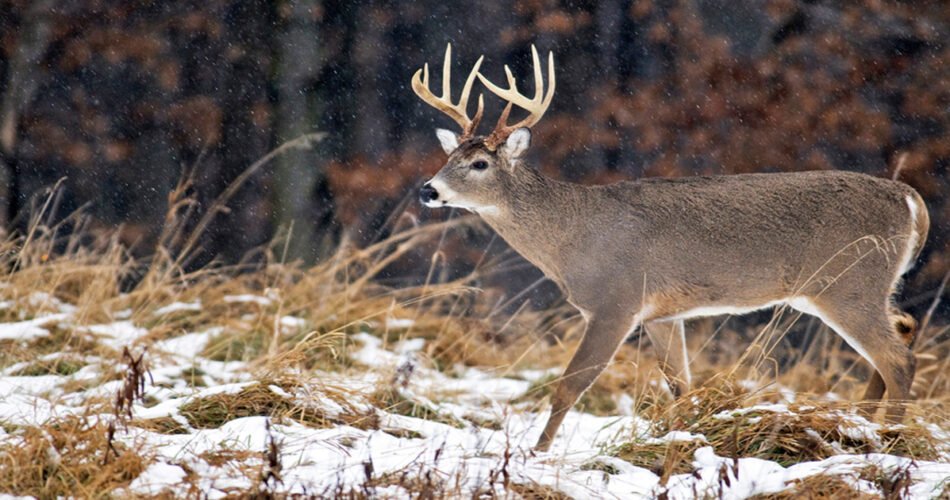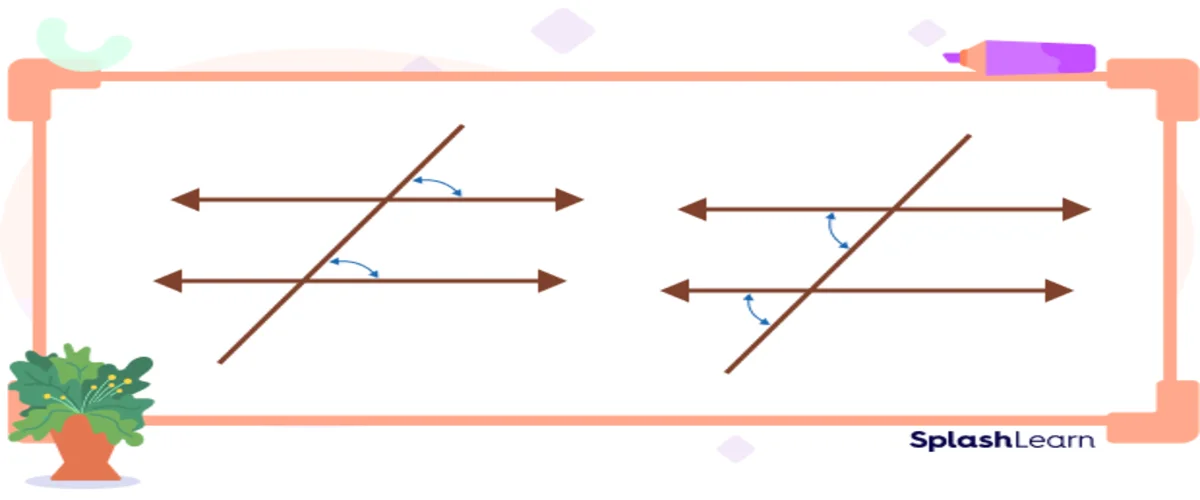Deer are often thought of as graceful, mysterious creatures. As these animals often hide in the wilderness of wooded forests, understanding their feeding behaviours can bring them closer to home. By paying attention to expert suggestions, deer feeder types, and feeding techniques, you can gain more insight into the secret lives of deer.
The Guide to Deer Feeding
Through the art of proper deer feeding, deer feeding enthusiasts contribute to the conservation of deer in regions with limited natural food sources. In studying deer behaviour, exerts and amateurs alike can aid researchers in understanding and enriching their wider understanding of deer and their ecosystems. This article shares the best tips and techniques to promote proper deer feeding.
Types of Deer Feeders
The best deer feeding tips take into account deer’s natural behaviors. Experts point out that deer’s feed at dusk and dawn, making early morning and early night the best times to see deer feed. Additionally, it’s essential to mimic the natural environment deer’s are accustomed to, as this offers a hedge of protection as they feed.
As you consider the best feeders to use, take a look at the most common types:
- Gravity Feeders
The gravity deer feeder uses gravity to help dispense feed while deer consume it. These feeders are simple in design, often using a hopper to release feed into a small opening. These feeders are low-maintenance as they have enough food to limit frequent refilling. - Automatic Spin Feeders
Automatic spin feeders are designed with a motor and timer, dispensing feed out at specific intervals. These feeders are programmed to release feed at various times of the day, ensuring deer receive a steady stream of nutrition. - Trough Feeders
Trough feeders feature a long trough to hold feed and allow multiple deer to eat together. These feeders are popular as they can attract larger groups of deer while minimizing excessive competition for food. - Protein Feeders
Protein feeders work to dispense specially formulated high-protein feed that improves overall growth and antler development. These feeders benefit regions where natural forage is lacking essential nutrients. Protein feeders are often used in conjunction with other feeders to ensure a well-rounded diet for deer.
Deer Feeding Techniques
The best deer feeding techniques promote improved deer health while ensuring responsible wildlife management. With time and consideration, you can significantly impact your local ecosystem and deer populations.
As you begin your deer feeding journey, consider the following techniques for feeding deer:
1. Select the Right Feed
When choosing what kind of food to feed the local deer, consider options that provide balanced nutrition. Experts suggest feed miming a deer’s natural diet, such as grains, forage, and legumes. Additionally, consider special feeds like protein pellets to support antler development.
2. Proper Feeder Location Matters
In addition to choosing the right food for deer, the feeder location is just as important. Be sure to place feeding stations in areas that deer already frequent. This will help to reduce the stress of competing for food by encouraging the deer to feed naturally.
3. Follow a Consistent Schedule
Establishing a consistent deer feeding schedule is essential to healthy deer feeding. Consistency actively encourages deer to visit your feeder at predictable times and will effectively promote healthier eating behavior.
4. Gradual Transition
As you grow accustomed to the behavior of your local deer population, you may need to change their choice of feed, type of feeder, or schedule. Should you make any changes to the deer’s food, be sure to do so gradually, as sudden changes can affect a deer’s stomach. Experts recommend mixing smaller amounts of the new feed in with their existing food to help them slowly adjust.
5. Monitor Consumption
In your efforts to nurture the deer in your area, pay attention to their feeding habits over time. Regularly assessing how much feed local deer consume will prevent deer’s over-dependence on feed since they should continue to rely mostly on natural forage.
Feeding deer is a rewarding hobby that can benefit both deer and wildlife when performed properly. By following these techniques and tips, you can positively contribute to your local deer populations as you promote biodiversity and continue to connect with these beautiful creatures.


